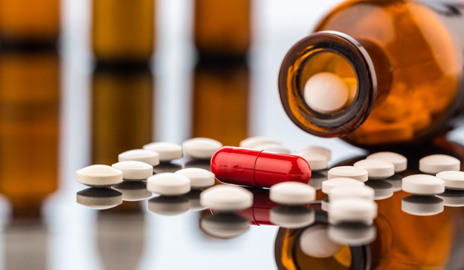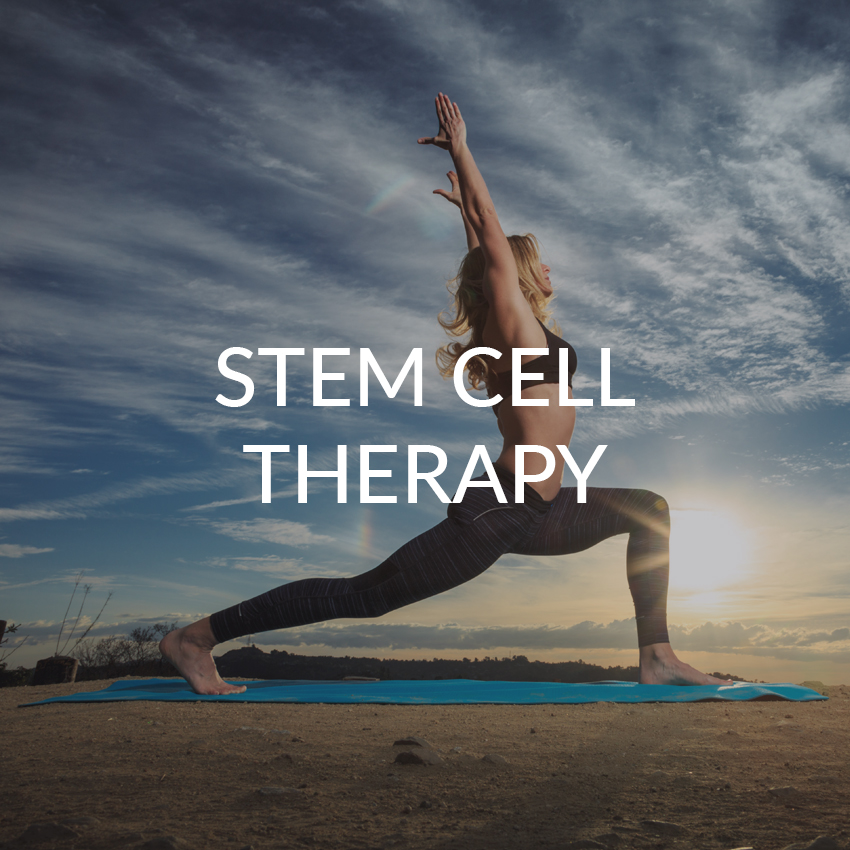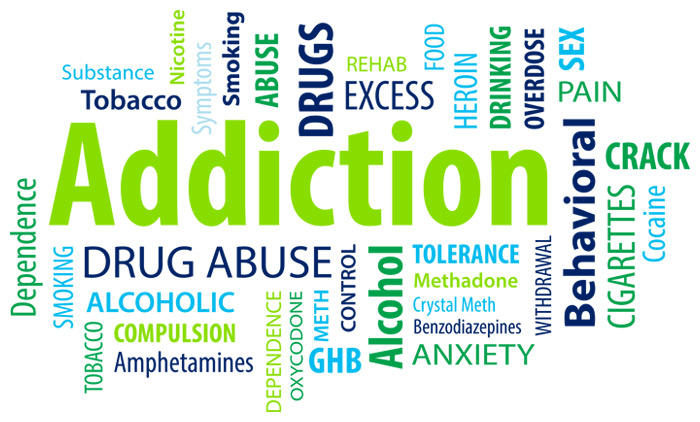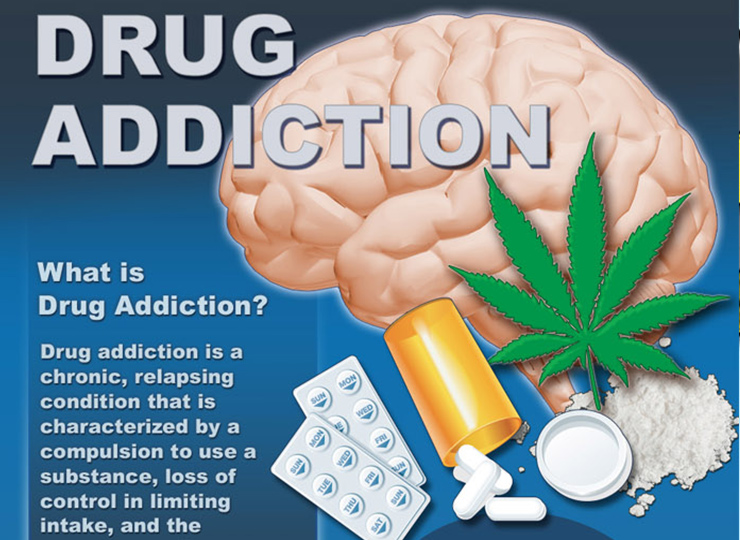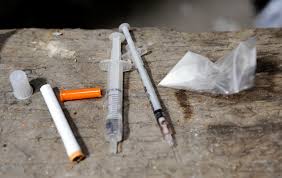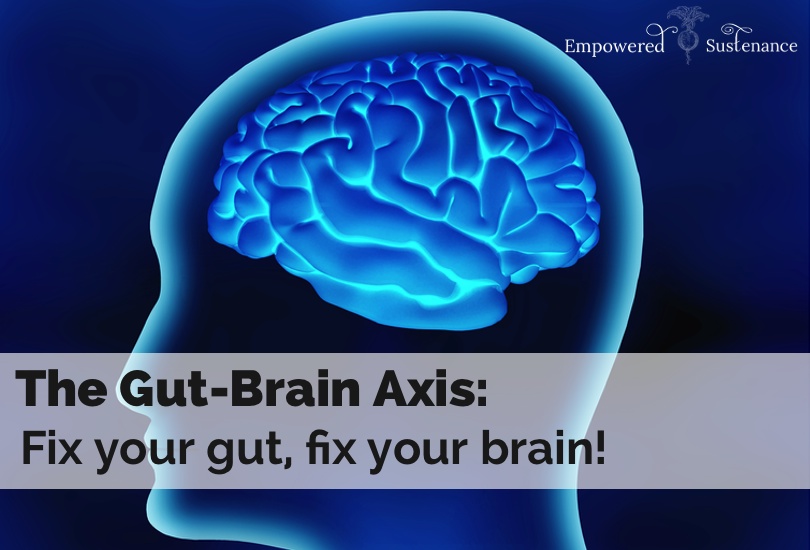Abandoning drug use for healthy skin

Abandoning drug use for healthy skin by engaging in healthy activities
Abandoning drug use for healthy skin: Give up cocaine use
Throughout the globe, we are yet to get a single benefit of abusing drugs. In fact drug abuse besides ruining your health, it also destroys your skin complexion. That alone should trigger users into quitting and completely abandoning drug use not just for health skin but also the general wellbeing of their lives. And despite this knowledge, it’s worrying that drug-related complications are still on the rise. Cocaine is one of the most disturbing drugs that is rearranging peoples’ faces and turning them into a wave of wrinkles. One can only wonder what can be done. But as experts from AWAREmed Health and Wellness Resource Center under the leadership of doctor Dalal Akoury MD who is also a veteran addiction expert, it is evident the pain victims go through after using cocaine is unbearable.
Our point of focus is going to be on modalities of abandoning drug use for healthy skin and beauty. We are also going to mention how cocaine and stimulant-induced skin picking. And as we progress into the discussion, we want to share some experiences people have with drugs. For the purposes of confidentiality, I will refer to the patient as Commitment. After abusing cocaine for some time, one day he stood before his mirror and he didn’t like what he saw. What was before he was an increasingly common and distressing indicator of excessive cocaine and stimulant use. Skin picking was the problem. He spent several hours before the mirror squeezing and tweezing as the smallest of spots becomes a painful wound. Hair pulled out, bugs under the skin, insects or mites in his clothes and house.
We are going to rely on commitment’s experience to shed some light on this extremely upsetting, hidden behavior, examining the chemistry behind it, why it happens and the role cocaine and other stimulants have to play. This is a discussion you don’t want to miss but in the meantime, you can schedule an appointment with doctor Dalal Akoury the MD and founder of AWAREmed Health and Wellness Resource Center. She will be of greater help to you in all matters relating to addiction and beauty. Before we get to the discussion of Cocaine and stimulant-induced skin picking, it is important that you consider quitting drug abuse because of cocaine, for example, induces psychosis and foraging.
Abandoning drug use for healthy skin: Cocaine-induced psychosis and foraging
Chronic cocaine or crack use can result in cocaine-induced paranoia (CIP) and coke-induced compulsive foraging (CICF) type behaviors. ‘Compulsive foraging’ covers a cluster of cocaine-induced behaviors of which skin picking is just one. Another ‘foraging disorder’ is when coke users hunt for hours for specs of cocaine around a place where it was once used (also called ‘surfing’). Food deprivation or hunger increases the probability of foraging responses and because it’s an appetite suppressant, coke can make users vulnerable to malnutrition thus continuing foraging behavior. Skin picking is a foraging response and you need to consider quitting drug abuse not just for a flourishing beauty, but also for your general well-being.
Abandoning drug use for healthy skin: Give up cocaine use
http://regenerativepotential.com/wp-admin

